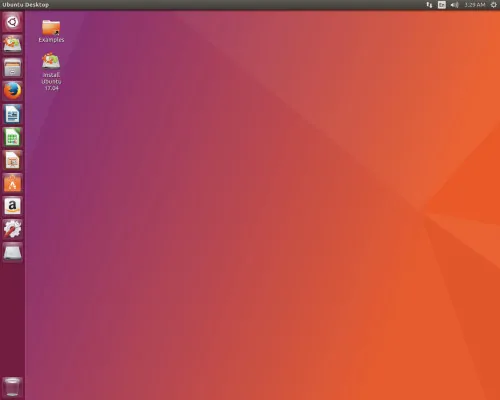
#Distro media center os install#
For this reason, the Arch Linux ARM image for the Raspberry Pi does not come with a graphical user interface, though you can easily install one yourself. It provides a lightweight base structure that allows you to shape the system to your needs.
#Distro media center os full#
ArchĪrch Linux ARM is based on Arch Linux, which aims for simplicity and full control to the end user. The Debian distro for Raspberry Pi is the Cambridge reference filesystem, which is a fully functional Debian Squeeze installation containing LXDE (desktop) and Midori (browser) development tools and sample code for accessing the multimedia functionality on the device. Alpha board boot into Debian prompt (no GUI) was timed taking about 34 seconds. Boot time depends on width & speed of SD-card. It contains software packages from the Fedora Project (specifically, the Fedora ARM secondary architecture project), packages which have been specifically written for or modified for the Raspberry Pi, and proprietary software provided by the Raspberry Pi Foundation for device access.ĭebian was the default distribution on the Alpha boards. The Raspberry Pi Fedora Remix is a Linux software distribution for the Raspberry Pi computer.

There are some info on the news groups that “hard float” optimization can speed up floating point operating up to 10x, please read detailed discussion on Raspberry Pi forums – įull list from Elinux RPi Disribution Android

The official Raspberry Pi distributions are now optimized for ARMV6 and for “hard float” which should have better performance on certain CPU intensive tasks. Therefore, it does not make use of the Pi’s processor’s floating point hardware – reducing the Pi’s performance during floating point intensive applications – or the advanced instructions of the ARMv6 CPU. The foundation found it necessary to use the existing Debian port for less capable ARM devices due to time and resource constraints during development of the Raspberry Pi. The official Debian Squeeze image issued by the Raspberry Pi foundation uses “soft float” settings.


 0 kommentar(er)
0 kommentar(er)
